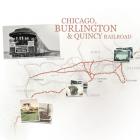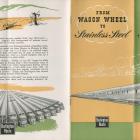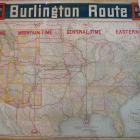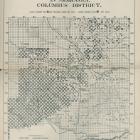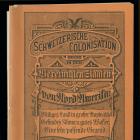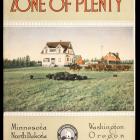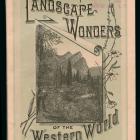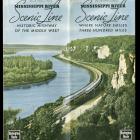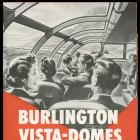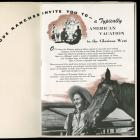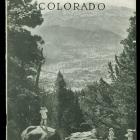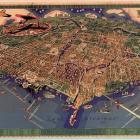Dude Ranches: “A typically American vacation in the Glorious West”
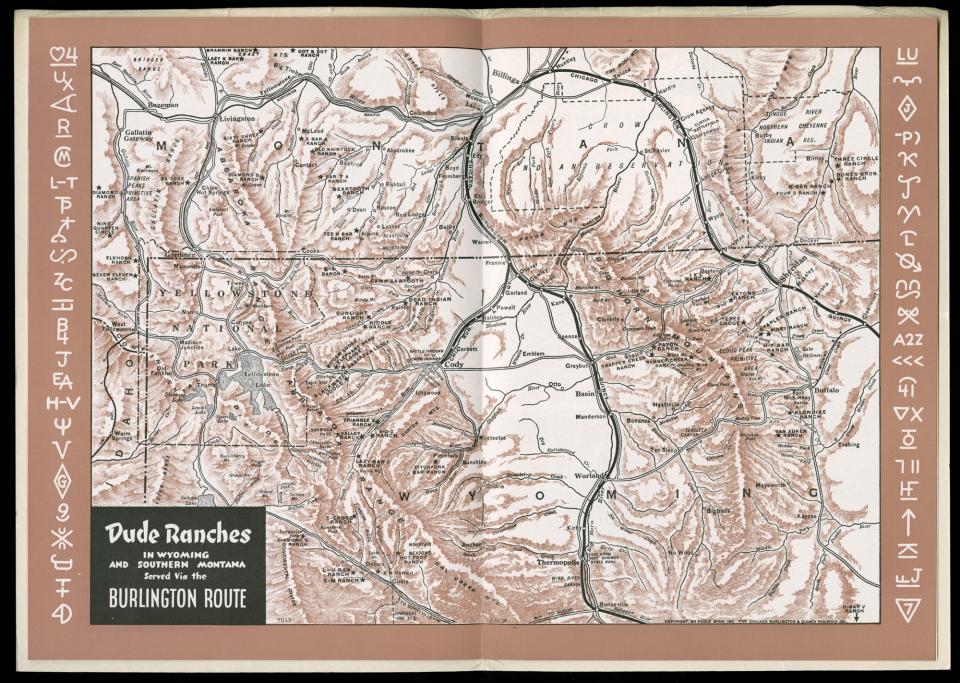
Map showing dude ranches served by the Burlington Route in Dude Ranches in Wyoming and Montana and Colorado, 1948.
Map showing dude ranches served by the Burlington Route in Dude Ranches in Wyoming and Montana and Colorado, 1948.
Courtesy of Newberry Library Chicago. CB&Q Misc. Bx. #2.
Used with permission of the Newberry Library. With questions about reuse of this image, contact the Newberry Library.
The copyright holder reserves, or holds for their own use, all the rights provided by copyright law, such as distribution, performance, and creation of derivative works.
Dude ranching began in the late nineteenth century and experienced its heyday in an early twentieth century nostalgic for a mythological cowboy past. The term “dude” began as a derogatory term, applied by ranchers to city slickers. As dudes and dudettes formed friendly relationships with ranchers over annual visits to the same ranch and made an important contribution to their income, the connotations of the word became more positive. Dude ranching inspired a genre of films, books, music, and styles of clothing.
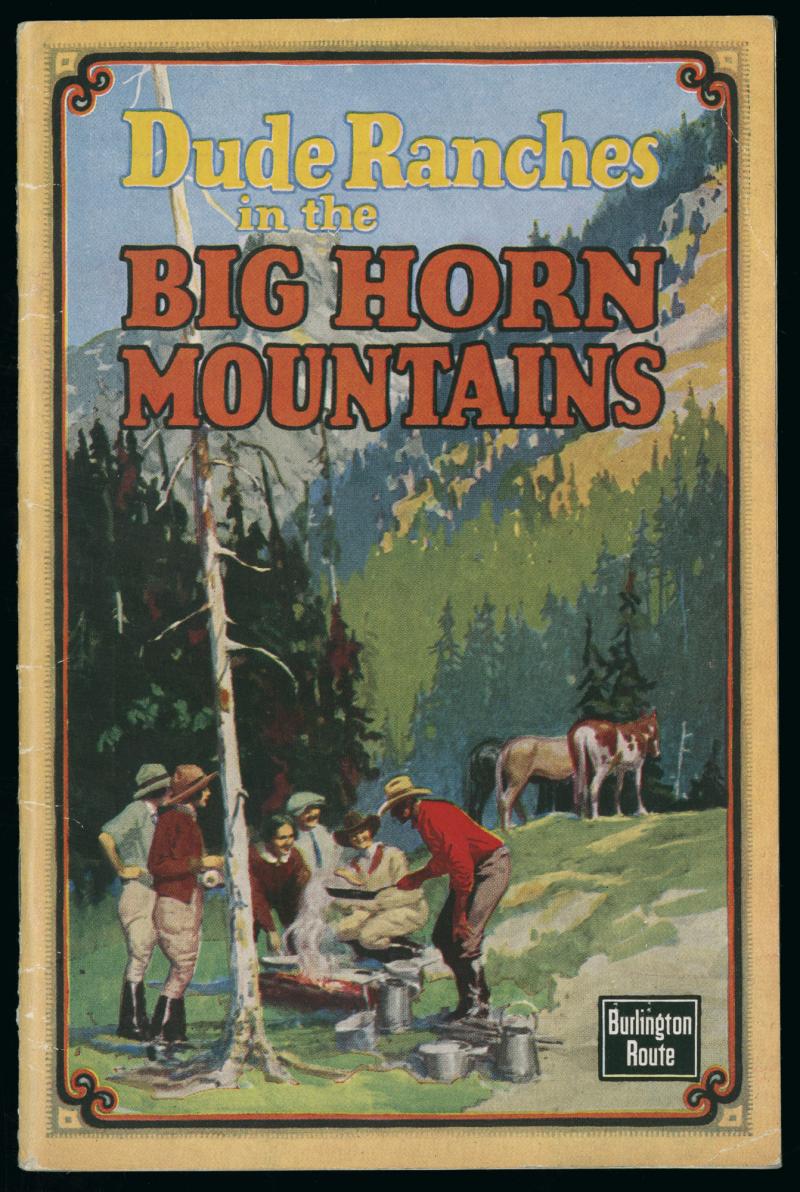
The 1925 cover of a brochure on “dude ranching.”
The 1925 cover of a brochure on “dude ranching.”
Courtesy of Newberry Library. CB&Q Misc. Bx. #2.
Used with permission of the Newberry Library. With questions about reuse of this image, contact the Newberry Library.
The copyright holder reserves, or holds for their own use, all the rights provided by copyright law, such as distribution, performance, and creation of derivative works.
Most of the customers came from the Northeast and Midwest. From the industry’s beginning in the 1870s and 1880s, railroads were vital to the business. In the early 1920s, as automobiles became more popular and railroad passenger numbers decreased, the Burlington and Northern Pacific railroads began to pay more attention to the dude ranches. Not only did the railroads begin to advertise dude ranching, but their representatives attended Dude Ranchers’ Association meetings and advised the ranchers on how to increase their business. Ironically, they advised some ranches to be more authentic by using local building materials and removing buildings and decorations that did not look “western” enough.
Women played an important role in the dude ranch industry, both as customers and business owners. As this image suggests, women enjoyed ranch and trail life as much as men did. Not surprisingly, many of the Burlington’s dude ranch brochures seem to be aimed at women. This colorful cover shows a group dominated by women around a campfire as a cowboy cooks over a campfire.
Many guests at dude ranches sought to get close to nature, to experience wilderness as they imagined the lone cowboys did. Dude ranchers became active in conservation—in part because an overgrazed ranch would not fit the idyllic experience dudes and dudettes sought. Furthermore, proximity to untamed wilderness enhanced the experience for many guests.
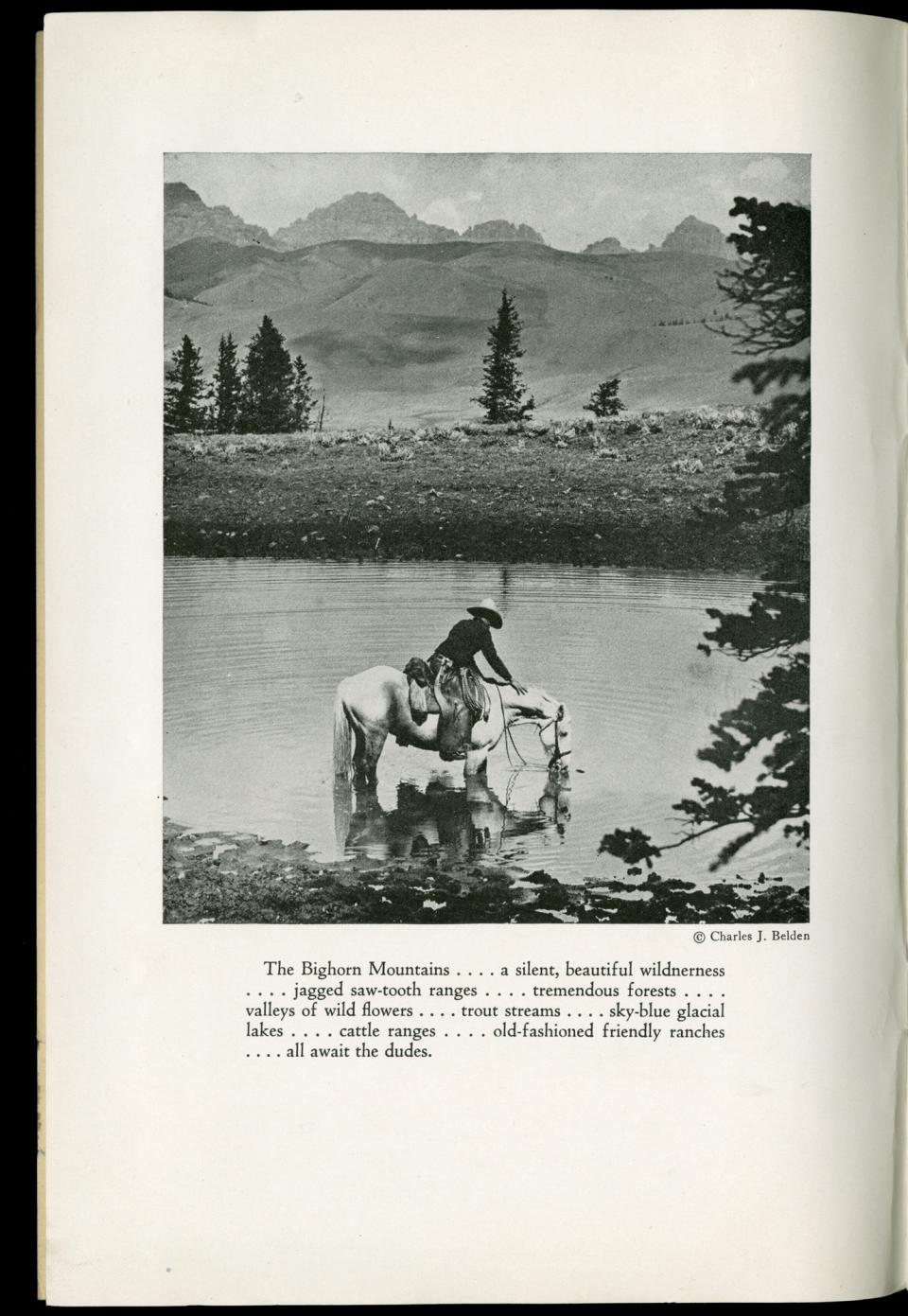
“A silent, beautiful wilderness,” in Dude ranches in Big Horn Mountains brochure, p. 2, 1930.
“A silent, beautiful wilderness,” in Dude ranches in Big Horn Mountains brochure, p. 2, 1930.
Courtesy of Newberry Library Chicago. CB&Q Misc. Bx. #2.
Used with permission of the Newberry Library. With questions about reuse of this image, contact the Newberry Library.
The copyright holder reserves, or holds for their own use, all the rights provided by copyright law, such as distribution, performance, and creation of derivative works.
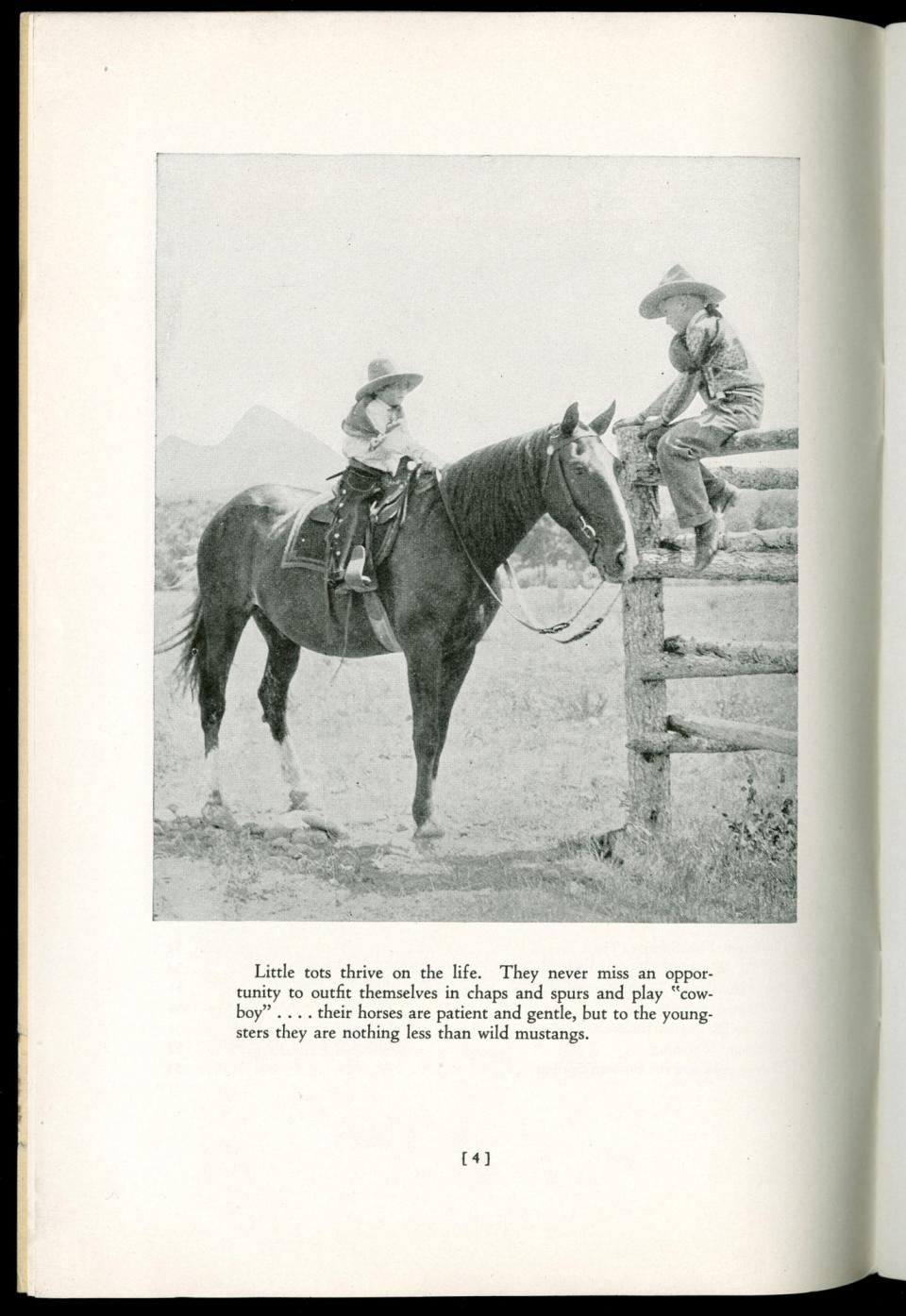
“Little tots thrive on this life” in Dude ranches in Big Horn Mountains brochure, p. 4, 1930.
“Little tots thrive on this life” in Dude ranches in Big Horn Mountains brochure, p. 4, 1930.
Courtesy of Newberry Library Chicago. CB&Q Misc. Bx. #2.
Used with permission of the Newberry Library. With questions about reuse of this image, contact the Newberry Library.
The copyright holder reserves, or holds for their own use, all the rights provided by copyright law, such as distribution, performance, and creation of derivative works.
Many dude ranches catered to families. The rugged outdoors lifestyle was seen as wholesome and healthy, and was perceived as an antidote to the social and environmental ills of more populated regions.
This image below is another example of the use of the Buffalo Bill brand for railroad advertising. “Buffalo Bill Country” suggests adventure, danger, rough hombres, in short—the Wild West. In this image, a dudette looks up to a man dressed as a cowboy. It is not clear whether he is a dude or a real cowboy. The fact that he is rolling a cigarette suggests something less than innocent, although the expensive-looking lodge and automobile in the background might assure the viewer that there is no real danger.
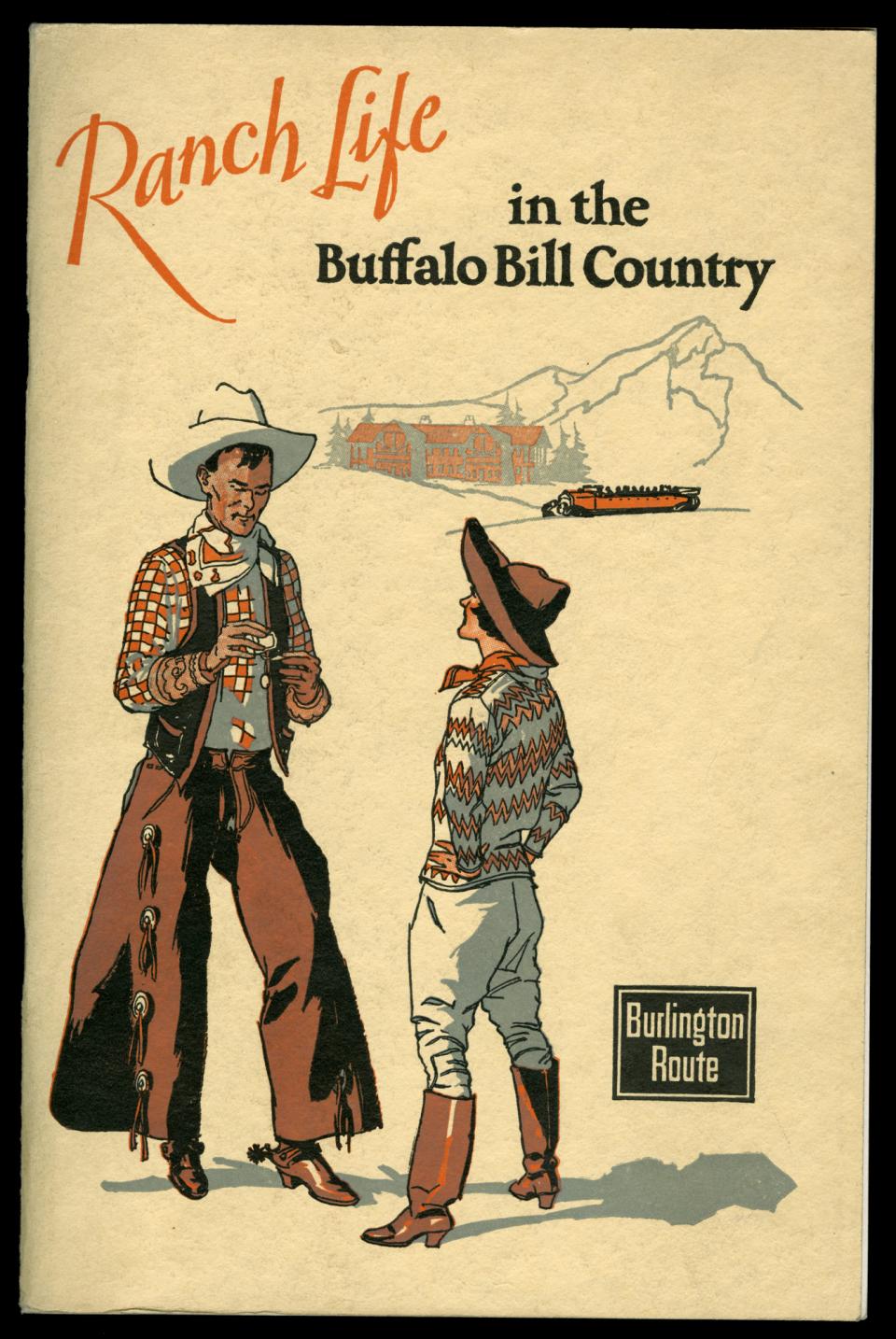
Cover, Dude ranches in Big Horn Mountains brochure, 1930.
Cover, Dude ranches in Big Horn Mountains brochure, 1930.
Courtesy of Newberry Library Chicago.
Used with permission of the Newberry Library. With questions about reuse of this image, contact the Newberry Library.
The copyright holder reserves, or holds for their own use, all the rights provided by copyright law, such as distribution, performance, and creation of derivative works.
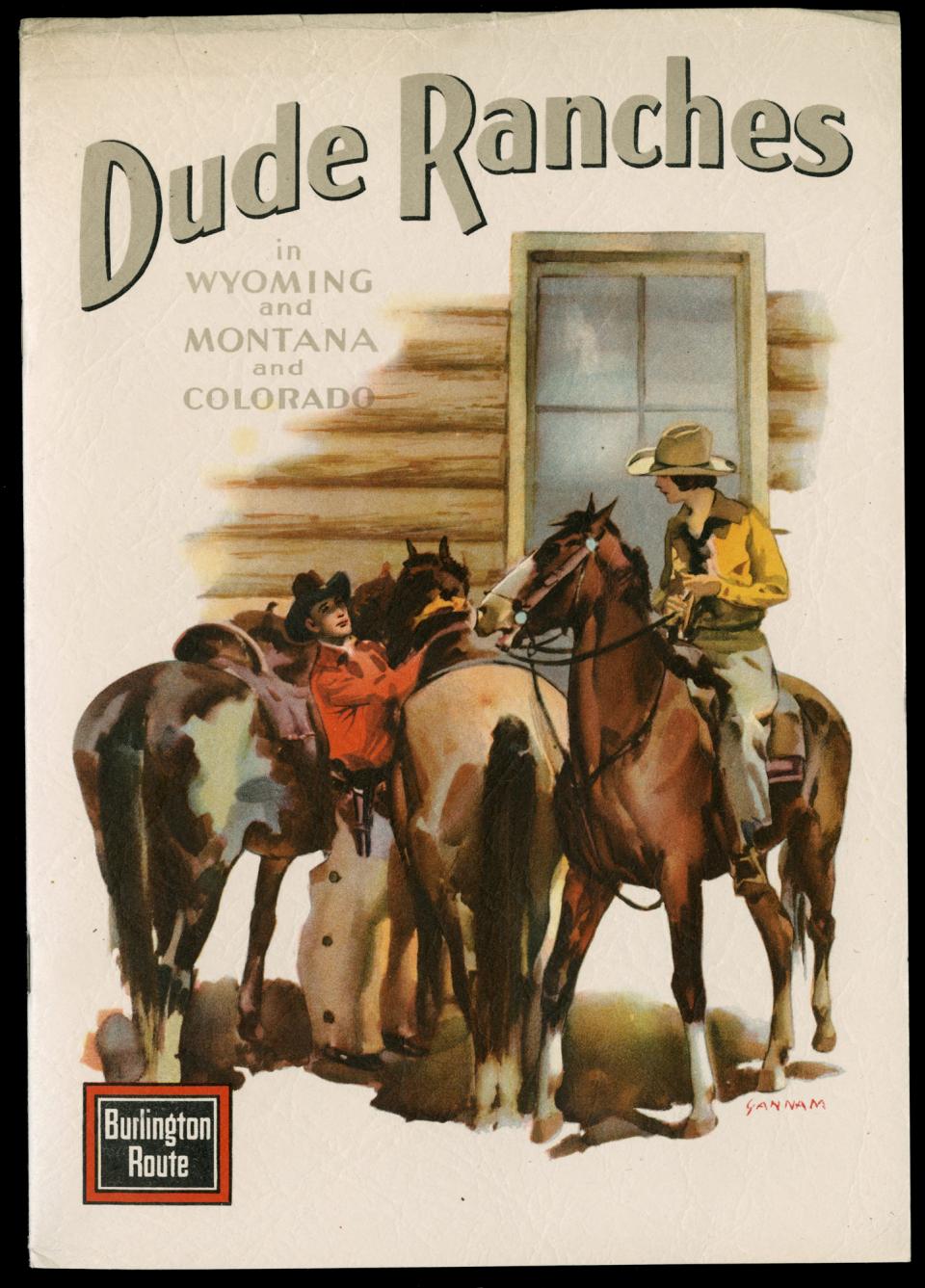
Cover, Dude Ranches in Wyoming and Montana and Colorado brochure, 1948.
Cover, Dude Ranches in Wyoming and Montana and Colorado brochure, 1948.
Courtesy of Newberry Library Chicago. CB&Q Misc. Bx. #2.
Used with permission of the Newberry Library. With questions about reuse of this image, contact the Newberry Library.
The copyright holder reserves, or holds for their own use, all the rights provided by copyright law, such as distribution, performance, and creation of derivative works.
Several of the brochures hinted at the possibility of romance between dudettes and cowboys. According to dude ranch historians, such liaisons did occur, as women from wealthy families escaped eastern social strictures. Some dudettes married cowboys and brought them back home with them, and some married ranchers and stayed west to help them run the business. A few ranches seem to have catered to women going through divorce.
This cover illustration above contrasts markedly with the previous image. In this case there is not even a hint of anything untoward or unhealthy, and the woman is in the dominant position, seated on the horse, while the cowboy on the ground looks up to her as if awaiting direction.
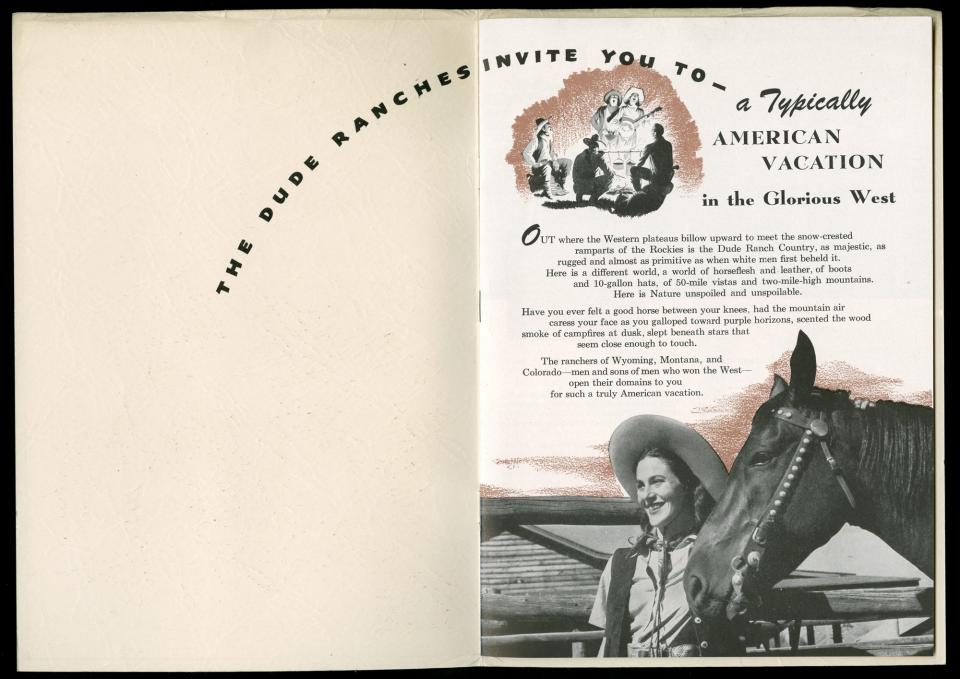
A “typically American vacation in the Glorious West,” in Dude Ranches in Wyoming and Montana and Colorado brochure, p. 1, 1948.
A “typically American vacation in the Glorious West,” in Dude Ranches in Wyoming and Montana and Colorado brochure, p. 1, 1948.
Courtesy of Newberry Library Chicago. CB&Q Misc. Bx. #2.
Used with permission of the Newberry Library. With questions about reuse of this image, contact the Newberry Library.
The copyright holder reserves, or holds for their own use, all the rights provided by copyright law, such as distribution, performance, and creation of derivative works.
This brochure played on several popular archetypes: singing cowboys, popularized by movie icons like Gene Autry and Roy Rogers; musical groups like the Sons of the Pioneers; a girl and her horse, portrayed in the films National Velvet (1944) with Elizabeth Taylor, and Black Beauty (1946); and the chance to have a genuine western experience. The ranchers, “men and sons of men who won the west—open their domain to you.” And finally, “Nature unspoiled and unspoilable.”



